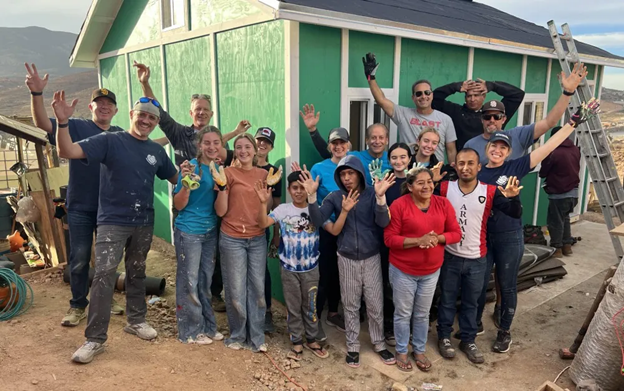
Top ways to give back on International Volunteer Day
International Volunteer Day is this Friday, Dec. 5. If you haven’t planned how you’re going to give back yet, there’s still time! Spending the day with your coworkers using your allotted volunteer hours or gathering a group of friends and
